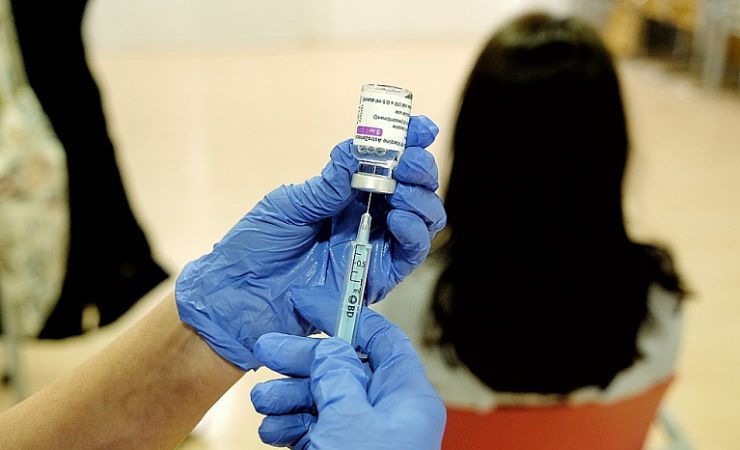The Irrationality of Risk Calculations

Whole nations have stopped the roll-out of AstraZeneca vaccinations because of reports that a number of patients had blood-clots after being immunized. This is yet another nail in the coffin of classical economics. Most economic models are based on the assumption of people making rational choices, usually to maximize the benefits of their actions and minimize the costs. But the most elementary calculation reveals that stopping vaccinations for even a few days is likely to increase the COVID death rate by hundreds if not thousands. This should be set against such a small proportion of those vaccinated developing blood-clots with even then a low mortality risk. the rate of post-vaccine blood clots was actually lower than the expected rate in the general population.
The calculation is even more dramatic when there is a lack of any strong evidence of a causal relationship between vaccination and blood clots. There have been some suggestions of that there could be a relationship that would make this a rare side-effect that could be readily treated. Also contributing to the risk calculation being in favour of vaccination. Yet the anxiety generated by governments taking such Draconian action as halted vaccination in the middle of a deadly pandemic only feeds those who evaluate risks in terms of personal significance.
Many studies have shown that people are more concerned about very rare catastrophic risks, such as their own death or a nuclear war, than about more likely but less calamitous consequences. People also have more anxiety about risks they have no control over than those they think they can manage themselves. I don’t know how many people who mountain climb as a hobby are not willing to be vaccinated? Or whether those who are vociferously against vaccination always wear seatbelts in their cars? But the differences in risk aversion are between what is being wished on the person by an external authority and what they can literally take into their own hands.
One curiosity of perceived risks from official activities is that they operate in almost the opposite way to what people think are the pressures they generate on themselves. The optimistic view which some people have, that ‘it couldn’t happen to me’, seems to characterize those risk-taking behaviors, whether it be driving dangerously or playing dangerous sports, which some individuals delight in. By contrast apparently distant, uncontrolled risks can cause deep concern even when the chances of some consequence is very rare indeed. This is part of the reason why there is such deep anxiety when a series of stranger murders occur in an area. The unpredictability and apparent inability to control the outcome far outweighs the very low probability of experiencing the catastrophe.
Although there are large variations between people in how they view the probability of risky consequences, those who feel particularly vulnerable will be much more risk adverse than those who do not. So although young men are far more likely to suffer violence on the streets than women. The recent outpouring in the U.K. of women’s concern about being safe on the streets is in part created by their understandable anxiety about being able to control what they consider to be an endemic risk.
As with all perceptions and related attitudes, some particularly tragic event or especially traumatic example acts as an anchor within the social representation that it illustrates. It becomes the nexus of many fears and apprehensions. It can feed conspiracy theories and alert people to their own inherent vulnerabilities. Public communication about the issues in question become crucial. That is why when governments pause the roll-out of vaccinations their actions set in motion a tsunami of consequences that reach far beyond any rational calculations of the risks of tragic side-effects. Their decisions lead to far more deaths than any possible side-effects.































































































